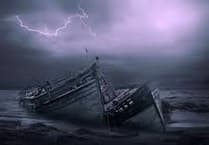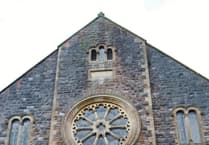3rd Pembroke Sea Scouts Group thought a recent visit to Carew Cheriton Control Tower was only to inform them about the role the RNAS/RAF airfield played in two world wars trying to keep Britain's shipping lanes open. However, the Scouts soon discovered that they, too, would have been expected to play an important part in the war effort.
Although Pembroke Dock and RAF Carew Cheriton were to become targets for German bombers during the war, Pembrokeshire was identified as a suitable area to receive thousands of evacuees from major conurbations like London and Liverpool. Pembroke Borough alone was earmarked to receive 1,600 evacuees and the Pembroke rural district another 800.
In the weeks before war was declared, local evacuation committees hurriedly tried to organise schools and householders for the anticipated reception of children from danger areas.
As part of the arrangements, the day before war eventually broke out, Scouts in Pembroke were busy conveying food and provisions to St. Michael's, St. Mary's and Wesley schoolrooms in readiness for their arrival. However, Scout leader, Mike Rowe, points out Scouts did much more to help the war effort.
All over the country, Scouts made thousands of camouflage nets, they helped local Post Office officials sort letters and collected clothing for refugees and those who had lost their belongings in air raids.
With many husbands away on active service, Scouts helped housewives set-up Morrison Bomb Shelters. Scouts acted as messengers for ARP wardens, helping warn of fires or to inform deaf and the hard of hearing of impending air raids. Then, as agricultural workers were called up into the forces, Scouts helped work on the land.
In all, over 60,000 Scouts were awarded the National Service badge by a nation grateful for the work undertaken by the Scouting movement throughout the war.




